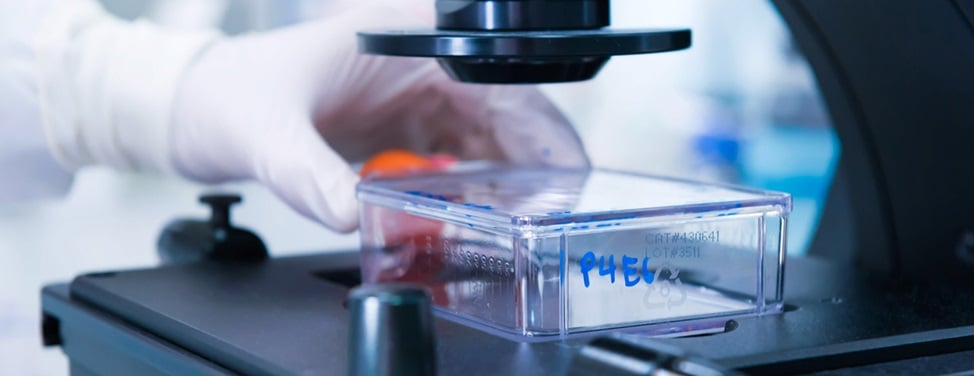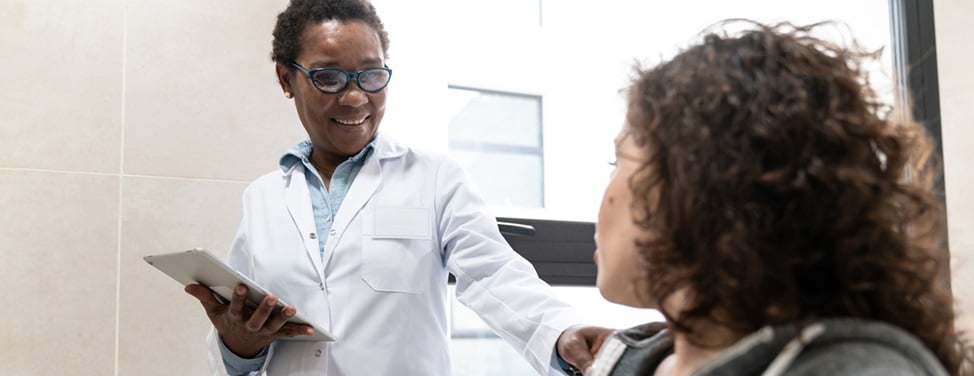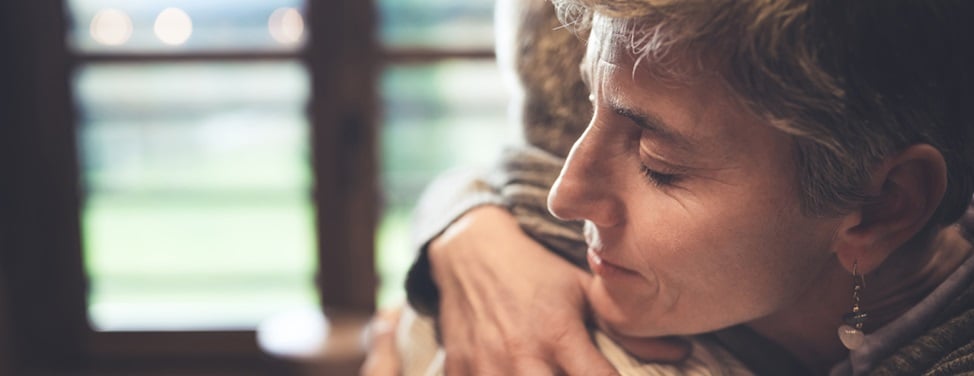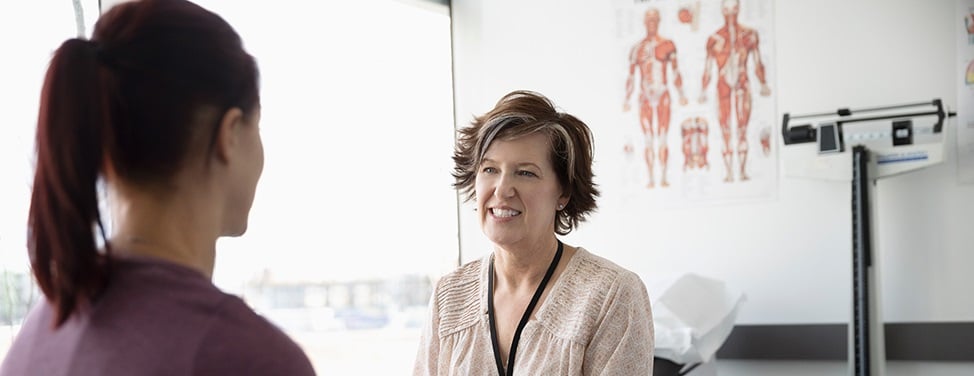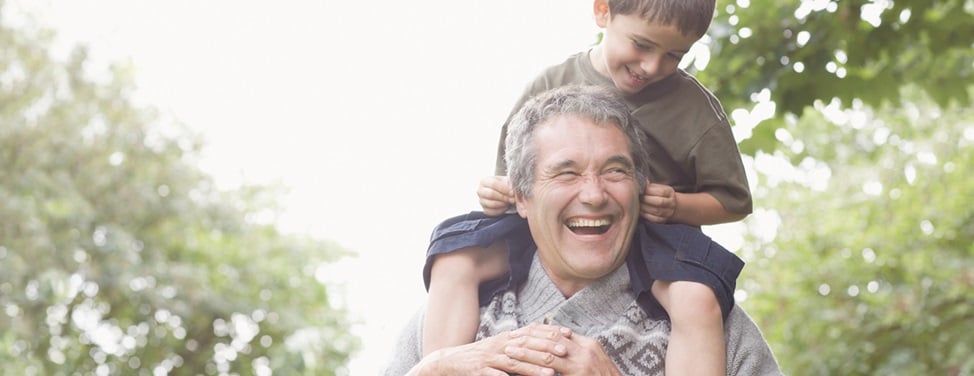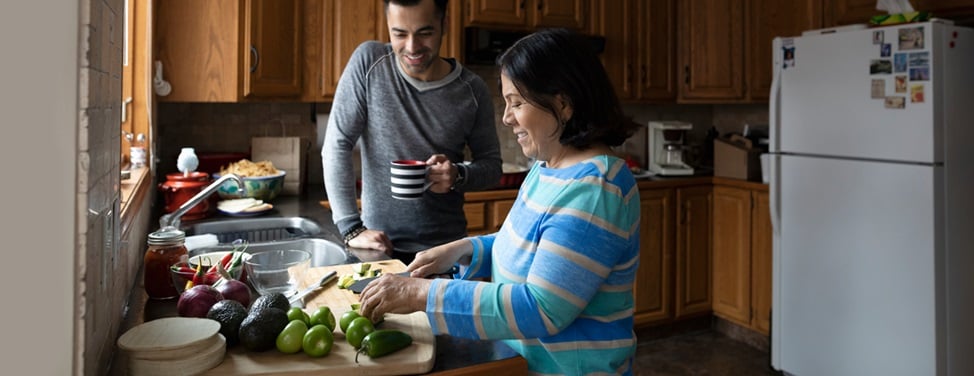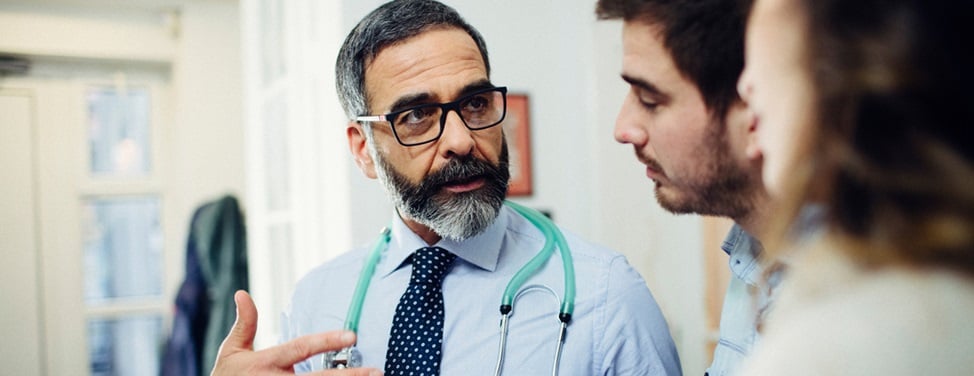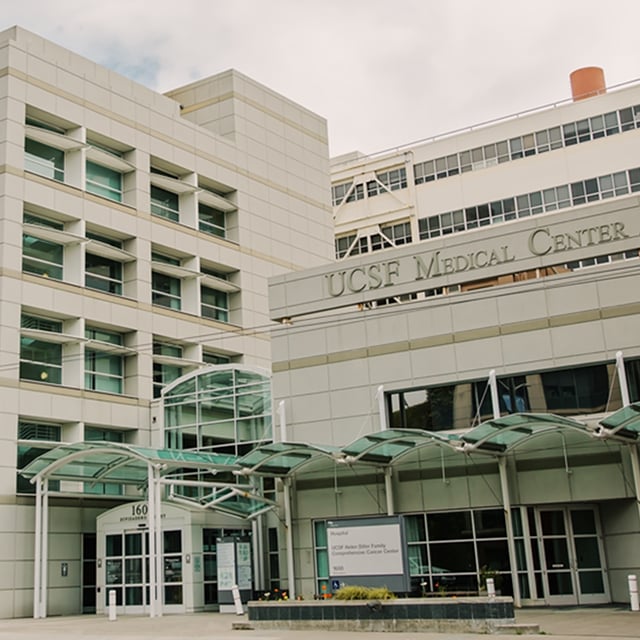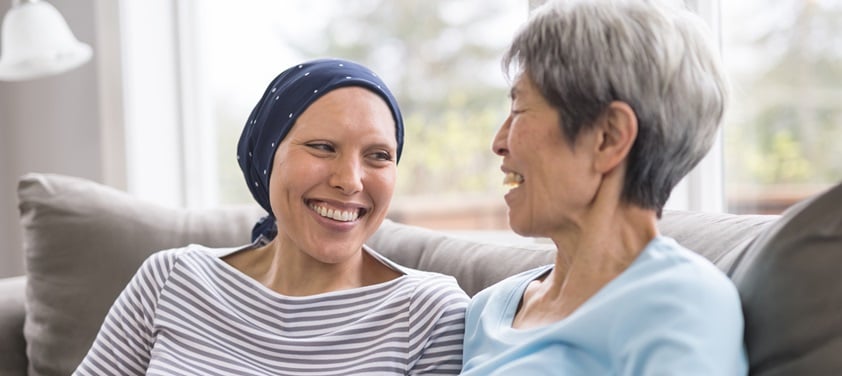Bone Cancer

Overview
What is bone cancer?
Bone cancer is a rare form of cancer that begins in a bone. When it originates in bone, it's also called bone sarcoma or primary bone cancer.
In adults, cancer that starts in bone is uncommon. More often, cancer develops in a bone because a tumor in another part of the body – such as the breasts, lungs or prostate – metastasizes (spreads through the circulatory system). In these cases, the cancerous bone tumors may be referred to as bone metastases or secondary bone cancer.
Not all bone tumors are cancer. In fact, most turn out to be benign (not cancerous). Benign tumors typically don't spread and aren't life-threatening, though they can grow and compress healthy bone tissue.
Our approach to bone cancer
UCSF's orthopedic cancer specialists are experienced in treating bone cancer while preserving as much healthy tissue and functionality as possible. They work with our expert physical therapists, pain medicine doctors, and specialists in orthotics and prosthetics to ensure every patient receives high-quality, personalized care.
Awards & recognition
-

Among the top hospitals in the nation
-

Best in California and No. 7 in the nation for cancer care
-
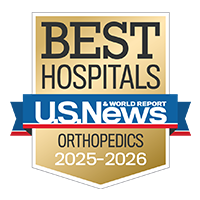
Best in Northern California and No. 6 in the nation for orthopedic care
-
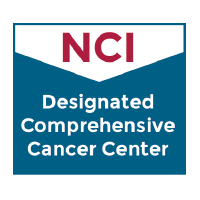
Designated comprehensive cancer center
Types of primary bone cancer
The main types of bone sarcoma, or primary bone cancer, include:
- Osteosarcoma. This type develops when bone-forming cells grow out of control. It mainly affects children, teenagers and young adults, but older adults can get it. Osteosarcoma tumors most often are in a bone of the upper or lower leg near the knee or a bone of the upper arm. They can also arise in soft tissues (such as muscles and fat), especially in older people, though this is rare. Osteosarcoma tumors can range from low-grade and slow-growing to high-grade and aggressive and rapidly spreading to other parts of the body.
- Chondrosarcoma. This bone cancer begins in cartilage, connective tissue found at the ends of bones where they form joints. It mainly affects adults over 40, and the chance of developing it increases with age. Most chondrosarcomas are located in the pelvis, upper leg or shoulder. The tumors usually grow slowly.
- Ewing sarcoma. This form begins in the immature nerve tissue in bone marrow and affects children, teens and young adults more commonly than mature adults. The tumors can form in any bone but most often develop in those of the pelvis, legs or ribs. In rare cases, they form in soft tissues. Ewing sarcoma can grow quickly.
Symptoms of bone cancer
Symptoms of bone cancer vary depending on the tumor's location and size. Pain is usually the first sign, often getting worse at night and during exercise. You may feel or see a lump on or around the bone.
Tumors in or near joints may cause swelling or tenderness in the area. Bone cancer can also interfere with normal movement. Other signs of bone cancer include:
- Fatigue
- Fever
- Weight loss
- Anemia
- Fractures for no apparent reason
Diagnosis of bone cancer
If your doctor suspects bone cancer, you'll have a physical exam and undergo imaging tests. To confirm the diagnosis, the doctor will likely need to perform a biopsy, taking a tissue sample from the affected area to be examined under a microscope.
Diagnostic tests for bone cancer may include:
- Physical exam. Your doctor will look and feel for an abnormal mass. They may also look for signs of cancer in other parts of the body (in case cancer has spread to your bone).
- Medical history. Gathering your complete medical history helps your doctor understand your symptoms and assess your risk factors for bone cancer.
- X-ray. This is often the first imaging test used to check a bone tumor. X-rays show abnormalities in bone structure.
- Magnetic resonance imaging (MRI) scan. This technology can provide detailed images of bones and surrounding soft tissues, helping doctors determine the size of a tumor and its effect on adjacent tissues.
- Computed tomography (CT) scan. This imaging test creates cross-sectional pictures of the body that can reveal a tumor and show whether the cancer has spread.
- Bone scan. This imaging test can suggest whether the cancer has spread to other bones by highlighting areas of overactive cells.
- Positron emission tomography (PET) scan. By showing the metabolic activity of cells, this scan helps doctors detect rapidly growing cancer cells and determine whether cancer in a bone has spread to other parts of the body.
- Coronary angiography. Also called an angiogram, this test involves using a contrast dye and X-rays to see inside your blood vessels.
- Biopsy. A sample of the abnormal tissue is examined under a microscope to determine whether the growth is benign (not cancerous) or malignant (cancerous). The type and grade of the cancer may also be identified. Biopsies can be performed surgically or by passing a hollow needle through the skin (fine needle aspiration).
If the tumor is malignant, testing can also clarify whether it started in the bone (primary cancer) or resulted from cancer in another area (secondary cancer).
Treatment for bone cancer
Your doctor's goal is to treat your cancer while preserving as much bone and physical function as possible. Your treatment may be surgery, chemotherapy or radiation therapy – as stand-alone techniques or in combination.
Surgery for bone cancer
In general, bone tumors are treated with surgery. Ideally, the surgeon removes the entire tumor with clear margins, meaning no cancer cells are found at the edges; (this will be determined by microscopic examination). Special surgical techniques are used to save as much healthy tissue as possible.
In most cases, surgeons can perform "limb-sparing surgery" on patients with bone cancer in an arm or leg. This means they remove the cancerous bone and replace it with a customized prosthetic implant or bone tissue from a donor, instead of amputating the limb. However, reconstructive surgery is usually still needed to allow the arm or leg to work properly again.
Radiation therapy for bone cancer
Radiation may be used after surgery to eliminate any remaining cancer cells. It also may be used as an alternative treatment for patients who aren't having surgery or when complete tumor removal isn't possible, in which case it can control tumor growth and symptoms, such as pain and swelling. Radiation therapy doesn't hurt or require a hospital stay. It's usually given in multiple sessions at the clinic.
Chemotherapy for bone cancer
Chemotherapy uses drugs to kill cancer cells. It's typically given into a vein through an IV catheter (a thin, flexible tube). Once it's in the bloodstream, chemo can target and destroy cancer cells throughout the body, making it a more effective treatment option for cancers that have spread. It's commonly used before surgery for Ewing's sarcoma and osteosarcoma.
Rehabilitation after bone cancer treatment
Our nursing staff, therapists, prosthetics experts and social workers will design a personalized physical rehab program for you to begin after your treatment is complete. We'll monitor your recovery progress to ensure you have the best possible long-term outcome.
UCSF Health medical specialists have reviewed this information. It is for educational purposes only and is not intended to replace the advice of your doctor or other health care provider. We encourage you to discuss any questions or concerns you may have with your provider.
Where to get care (1)
Recommended reading
Related clinics (4)
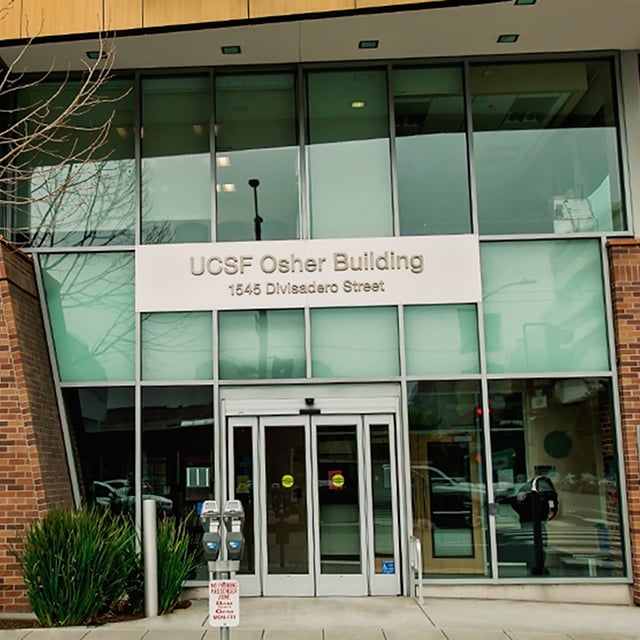
Osher Center for Integrative Health
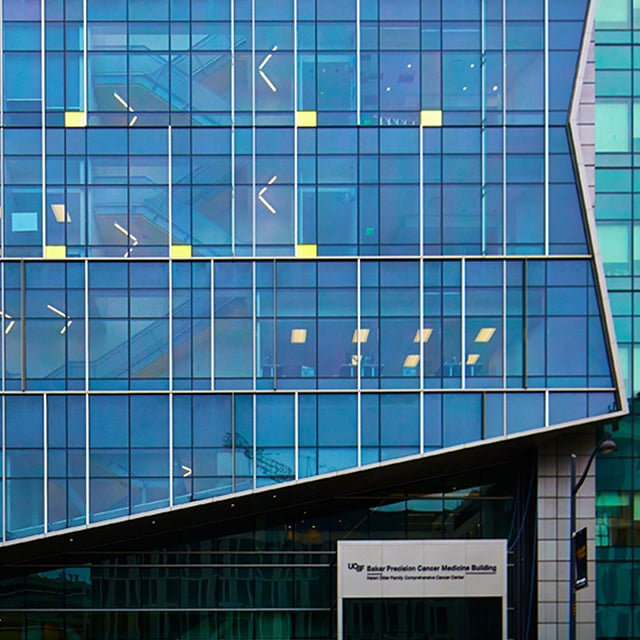 2
2






